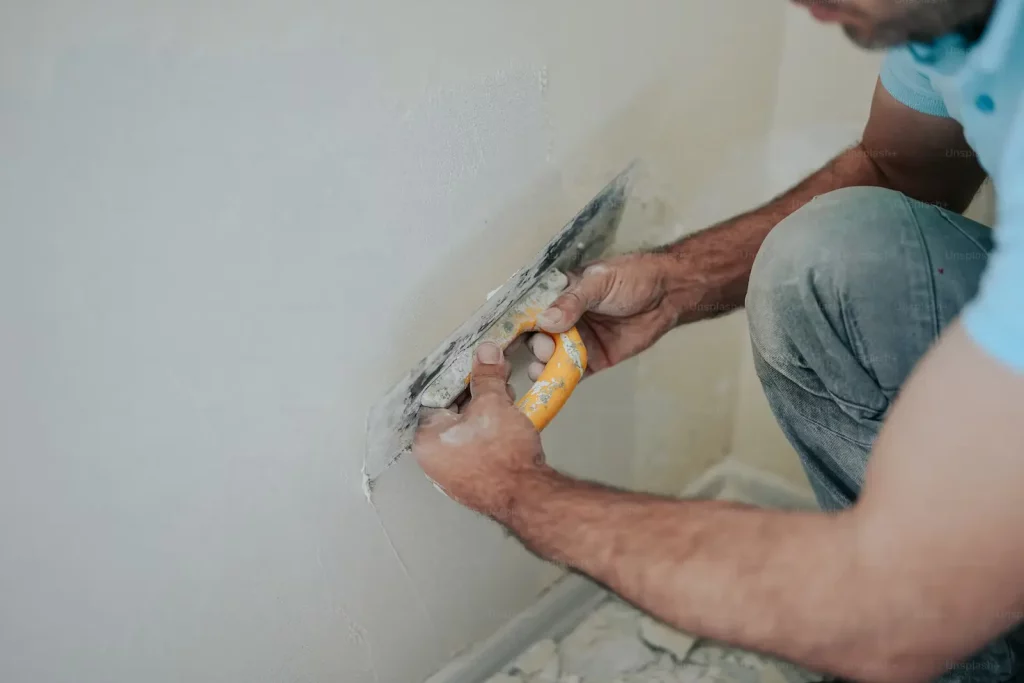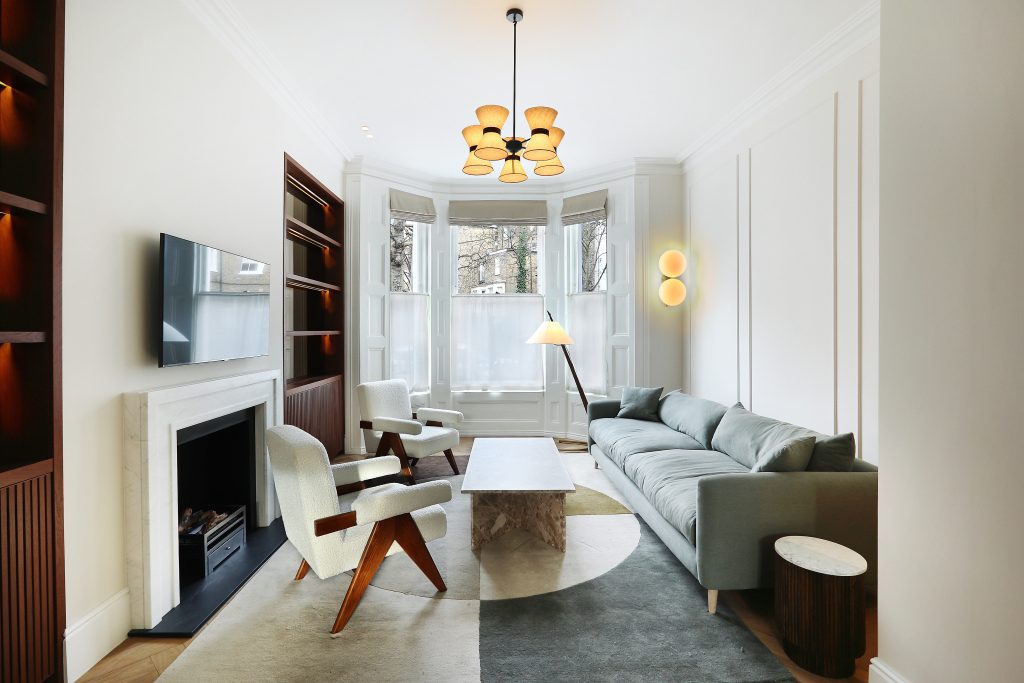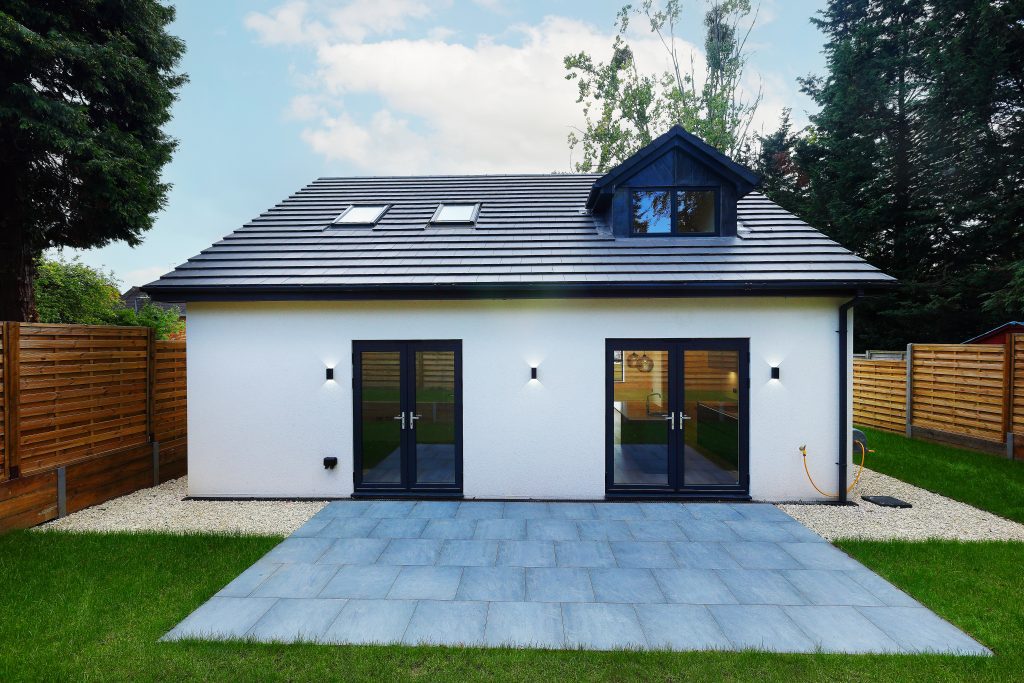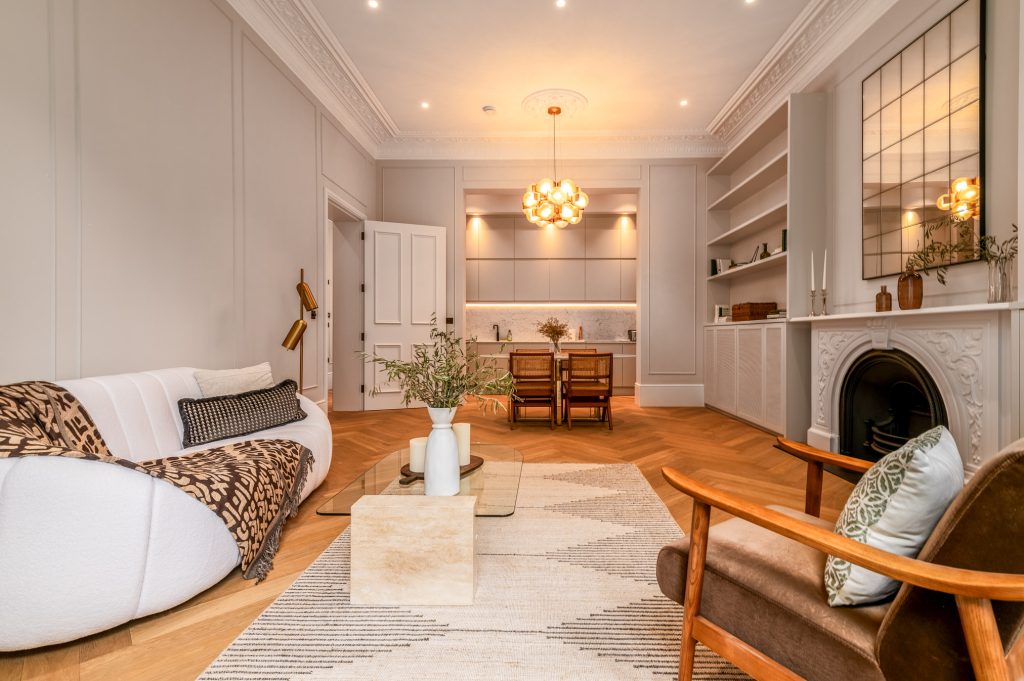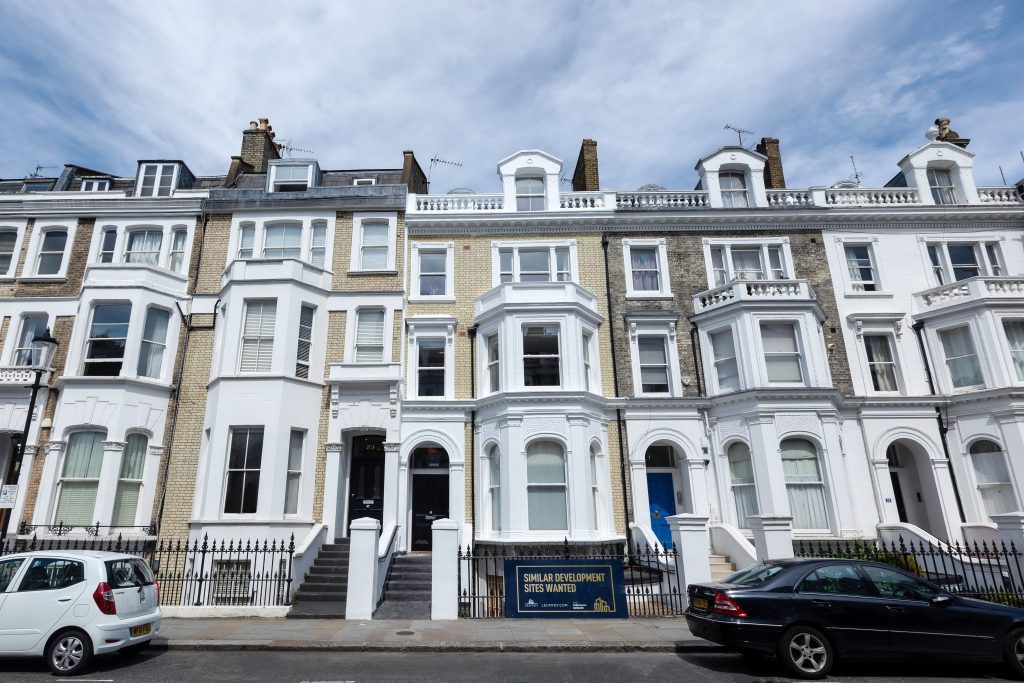Plastering is quite a common and essential technique for ensuring a smooth surface in any room. This process greatly aids in achieving an even application before the painting, wallpapering, or paneling process. You need to ensure the plaster has completely dried before decorating and renovating further.
This article will explain and address all your queries, including how long plaster takes to dry, how to dry plaster quicker, and how long to leave the plaster to dry before cracking up. All the basic and advanced information related to plastering and decorating your house for a new look will also be covered.
Let’s dive into the article and explore the ins and outs of plastering.
Understanding the Basics of Plaster and Its Drying Process
Plaster usually includes key ingredients consisting of binders, aggregates, and additives. Different ingredients in these materials are mixed to form a workable paste. This can be directly applied to any desired surface.
Hydration occurs once you have applied the paste, which enhances the hardening and crystallization process. Once sufficiently hydrated, it will be strong and hard. Then evaporation occurs, decreasing the water content and making the surface cool.
As the water content decreases, the plaster loses its plasticity and sets to become a firm surface. Evaporation of water facilitates the setting and hardening of plaster. Depending upon different factors, the drying process can take up to 7 days to complete.
Plaster Drying Times: An Overview
How Long Does Plaster Typically Take to Dry?
A freshly plastered surface can take one to two weeks to completely dry. It is necessary to ensure the plaster is fully dried before further renovation and decoration. The color of the plaster will change from dark pink to light pink upon complete drying.
The plaster drying time depends upon different factors and environmental conditions. If you want to plaster an old room, remove the old surface and redo the entire area before plastering again.
Thus, depending on such conditions, it can take considerable time to complete the plastering and get dry plaster for a smooth surface.
How Long for Plaster to Dry: Factors That Influence Drying Time
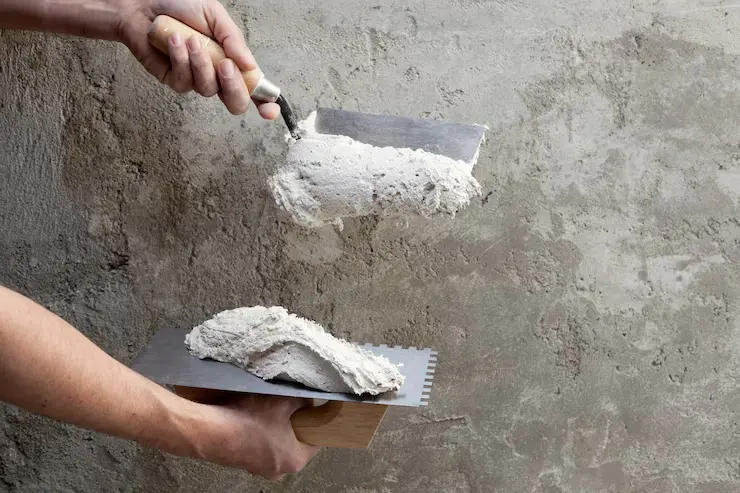
How long it takes for plaster to dry depends upon various factors like:
- Thickness of the plaster layer
- Number of layers
- Total surface area of application
- Humidity of the room
- Season, weather, and temperature
- Materials used for plaster
- Ventilation within the room
You can improve your room’s ventilation to increase the drying speed. Better ventilation also reduces the humidity and thus improves the plaster drying process.
The Science Behind Plaster Drying
Drying vs. Curing: What’s the Difference?
| Drying | Curing |
| Involves the evaporation of water | Involves chemical reaction using specific factors |
| No internal transformation | Internal transformation involving change in crystal structure and bonding |
| Much shorter, quick process | Takes more time |
| Additional time is required for full strength, even after drying | Full strength gain once drying completes |
| E.g.: Air drying, fan drying | E.g., UV drying, kiln fire, Using specific hardener chemical |
What Does Dry Plaster Look Like?
Dry plaster achieves a pale pink color once it is completely dried off. Depending on the mixture and ingredients, it will initially have a dark pink color. Once it is dried, all brown patches disappear, and a regular, uniform pale pink color will be achieved.
Accelerating the Drying Process
If you wonder how to dry out plaster, you can accelerate the drying process by improving ventilation within the room. You can use fans or blowers for this purpose.
You can also considerably improve the drying process by reducing the humidity and increasing the temperature.
An increase in temperature needs to be carried out carefully by avoiding high heat and using low heat as high heat can cause instant drying, and, thus, cracking of plaster can occur.
How to Dry Plaster Faster: Tips and Tricks
Patience is the key to the drying process of plaster. You can simulate the environmental conditions to improve the speed. You can use the following tips and tricks to speed up the process.
- Maintain optimal temperature between 18 – 25oC.
- Increase ventilation using fans.
- Lower the humidity by improving temperature control and ventilation
- Use cross ventilation to improve airflow and to reduce humidity
Best Way to Dry Plaster: Effective Techniques

After plastering work, you often wonder how to speed up plaster drying. To do that, You can use these effective, proven techniques to dry plaster.
- Creating an optimal environment with optimal temperature and humidity levels
- Create cross-ventilation using fans and opening windows.
- Applying thin coats of plaster
- Using dehumidifiers to reduce humidity.
The Role of Temperature and Humidity in Plaster Drying
Temperature and humidity affect the drying process of plaster, as it has a great effect on the rate of evaporation.
Higher temperature promotes faster evaporation and drying, but if it goes too high, it can cause crack formation. Therefore, an optimal temperature between 18-25oC is advisable.
Humidity level also influences the evaporation process. A lower humidity level allows more moisture to evaporate readily and escape easily, while a higher humidity level traps moisture within the plaster and reduces the drying process.
Practical Considerations in Plaster Drying
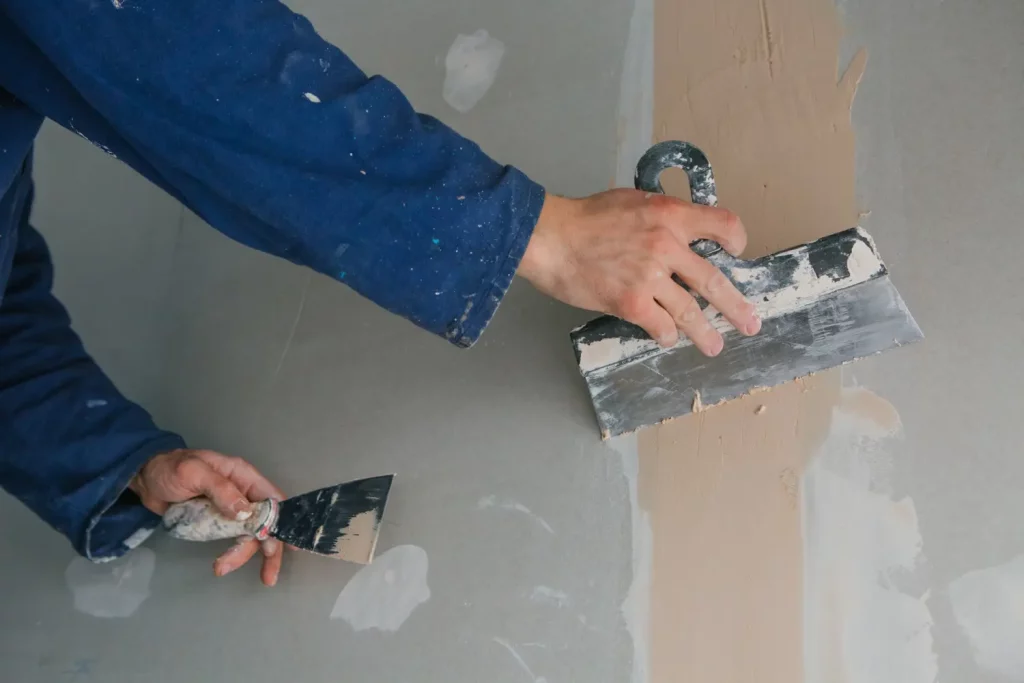
How Long Does Plaster Take to Dry UK: Regional Variations
The time frame for drying depends on the weather, climate, building materials, and plaster type used in the region.
- Warmer and drier regions to the South of the UK have a much faster drying time compared to cooler and wetter northern regions.
- The summer season usually helps in plaster drying more than the winter season.
- Brick walls retain moisture more than wooden structures, affecting drying times.
As a general timeline, a thin coat of plaster in the UK can take anywhere between 12-24 hours to get an initial dry. While complete drying can take up to 7 days. Thicker layers and unfavorable conditions can take more time to dry.
Can You Sleep in a Room with Fresh Plaster?
However, sleeping in a room with fresh plaster is not advisable. You can consider sleeping if:
- The plaster is in a late drying stage. Sleeping in the initial stage can cause critical health issues.
- There is adequate ventilation.
- There are no health concerns like asthma or respiratory conditions.
Painting and Decorating on Dry Plaster
Preparing Plaster for Painting: A Step-by-Step Guide
To prepare the plastered surface for painting, you should:
- Allow complete drying. Do not paint on top of wet plaster.
- Patch up the imperfections on the plastered surface. This will help you create a smoother paint surface.
- Once you have filled the cracks and imperfections on the surface, use fine-grit sandpaper to lightly sand the surface to smoothen it.
- Now, you should clean the surface and free it from any dirt particles that might have accumulated.
- You can then proceed to apply the primer, and it creates an even, smooth surface
- Then, you can start painting and display all your artistic talents.
What Happens If You Paint on Wet Plaster?
Painting on wet plaster surfaces can be a disaster. It can cause
- Poor adhesion of the paint.
- Trapping of moisture between paint and plastered surface.
- An uneven finish of paint can create a bumpy finish.
Proper preparation and patience are key to creating magnificent paintwork in your room.
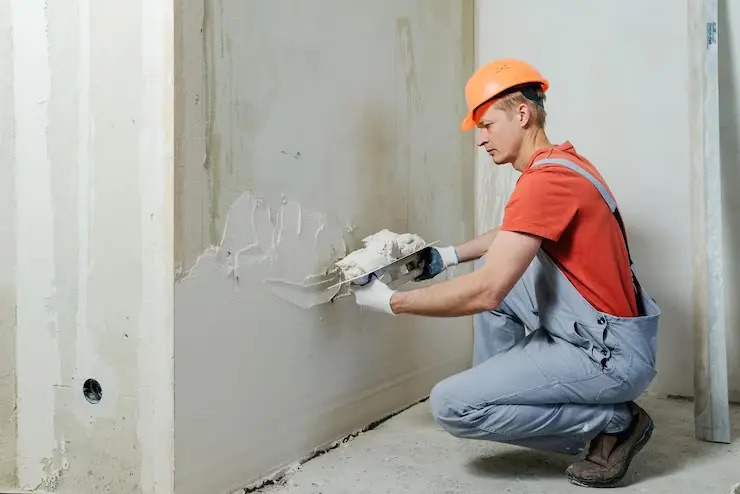
Dealing with Plaster in Different Seasons
Drying Plaster in Winter: Challenges and Solutions
Here are a few tips if you are wondering how to make plaster dry faster in winter:
| Challenges | Solutions |
| Low temperature | Maintain optimal temperature using a thermostat |
| High humidity | Improve ventilation by opening windows or creating cross-winds |
| High humidity | Use dehumidifier |
| Uneven heating | Apply a thin coat of plaster |
Best Temperature for Plaster to Dry in Various Climates
Depending on the regional climate differences, it is advisable to have an optimal setting for a dry plaster wall, similar to the following conditions.
- In temperate regions, it is best to have 15-20oC.
- In slightly warmer climates, it can be between 20-25oC
- In colder climates, it should be between 15-20oC with controlled ventilation and constant dehumidification.
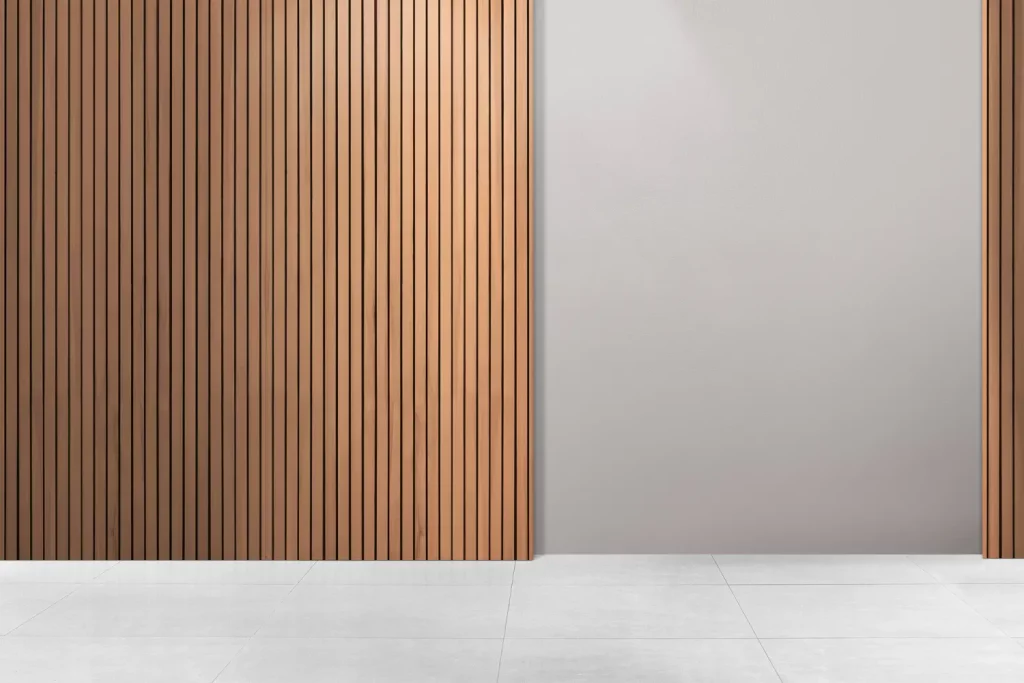
About Fittra Construction: Your Go-To Building Company in West London
Why Choose Fittra: Advantages and Services Offered
Choosing Fittra as your renovation company comes with a wide range of advantages and comprehensive service benefits that include:
NHBC-Registered and Licensed Services
We are registered and licensed by NHBC as a recognized house refurbishment and building service provider.
Range of Services: From Extensions to New Builds
We offer comprehensive services that ensure you don’t need another service provider throughout your renovation journey. Our services range from house extension services in London to creating, planning, and building new structures.
The Fittra Process: Ensuring a Stress-Free Experience
We are dedicated to ensuring our clients have a stress-free, simple, and convenient experience. We have our quality assurance services, including renovating a house in London checklist, that can cater to all your queries and concerns in a scientific manner.
Why Fittra Stands Out Among Construction Companies
We have our unique principles and quality standards to stand out in the crowd of other construction companies.
Commitment to Quality and Customer Satisfaction
We are committed to delivering services and products that can compete with industry standards and ensure prime customer satisfaction. We guarantee your complete satisfaction through our comprehensive service and free consultations.
Accreditations and Insurance: Your Assurance of Excellence
We assure the quality and excellence of your house through our comprehensive service package. Irrespective of the load of work, we are committed to providing professional, quality services to all our clients.
Conclusion
Here are the key points and our thoughts on how much the plaster drying time is in different areas and what aspects you should keep an eye on.
Summarizing Key Points on Plaster Drying Times
A relatively thin coat of plaster can take up to a day to dry for housing purposes. Still, it can take up to 7 days to complete the drying process and ensure a smooth surface. It can take more than that if it gets any thicker or if the weather conditions change rapidly.
Final Thoughts on Choosing Fittra for Your Construction Needs
As a construction company with years of experience in serving clients all over the UK, and we are committed to providing quality services by properly planning and strategizing all stages of work. We ensure the timely delivery of products and services by leveraging our experience and expert resources.
Frequently Asked Questions About Plaster Drying
How Long Does Plaster Take to Dry on Plasterboard?
It can vary depending on the weather conditions and thickness of the plaster coat you are applying. However, it usually takes between 2 and 3 days for the complete drying process.
How to Tell If Plaster Is Dry?
It is quite simple if you have doubts about knowing when plaster is dry. You can tell if a plaster is dry by looking at its color and texture; if it has achieved a light color, it has completely dried and hardened. You can also gently touch the surface to see if it sticks to your hand.
How Does Room Ventilation Affect Plaster Drying Times?
Ventilation ensures the timely removal of moisture and enhances the evaporation process. Cross ventilation regulates the temperature and provides optimal humidity for faster drying times.
What are the Signs Of Improperly Dried Plaster?
Improperly dried plaster will have uneven surfaces, cracks, dampness, and peeling paint. It will exhibit the worst finish won’t allow further paint works to adhere properly.
How Does the Thickness of Plaster Application Impact Drying Time?
Thin layers of paint take less than 3 days to completely dry, while thicker layers take more than a week. Thick plastering has less surface-to-air interaction, and the coat layers beneath the surface need more time for complete water evaporation.
